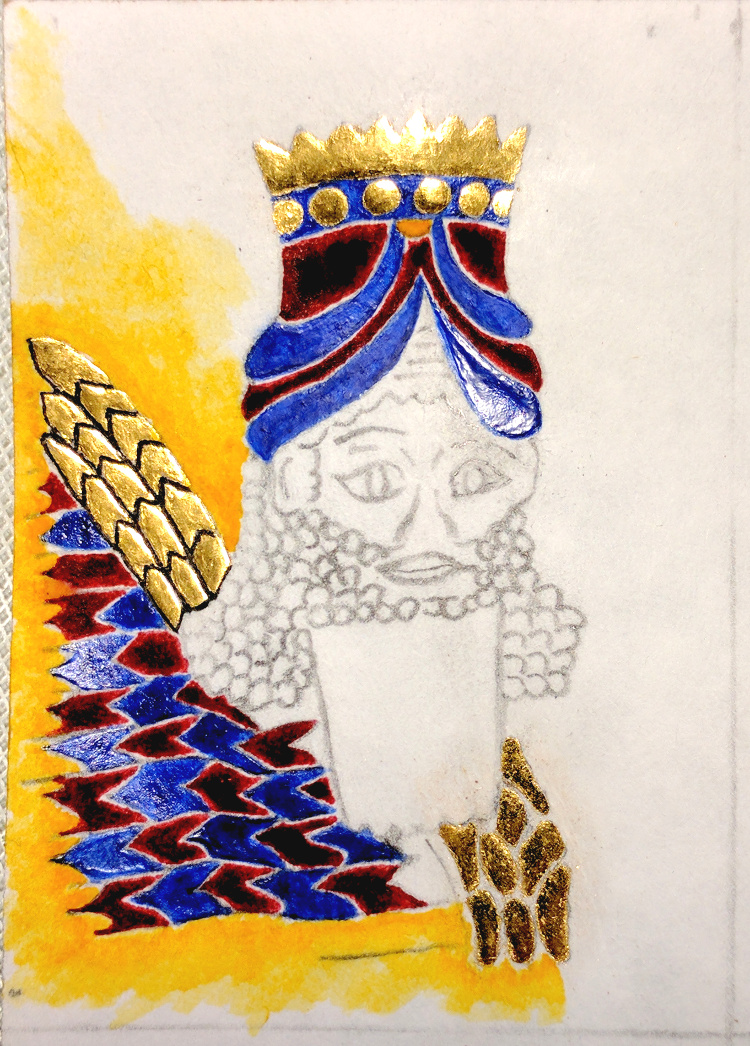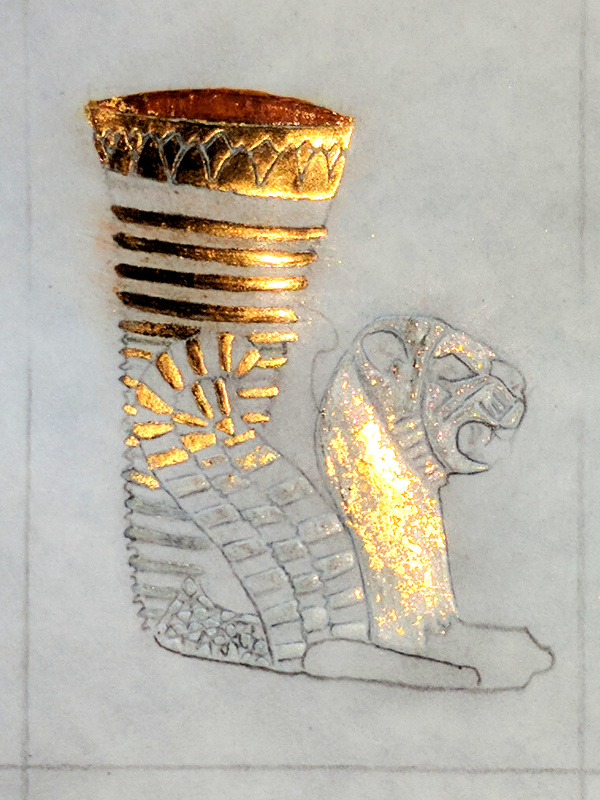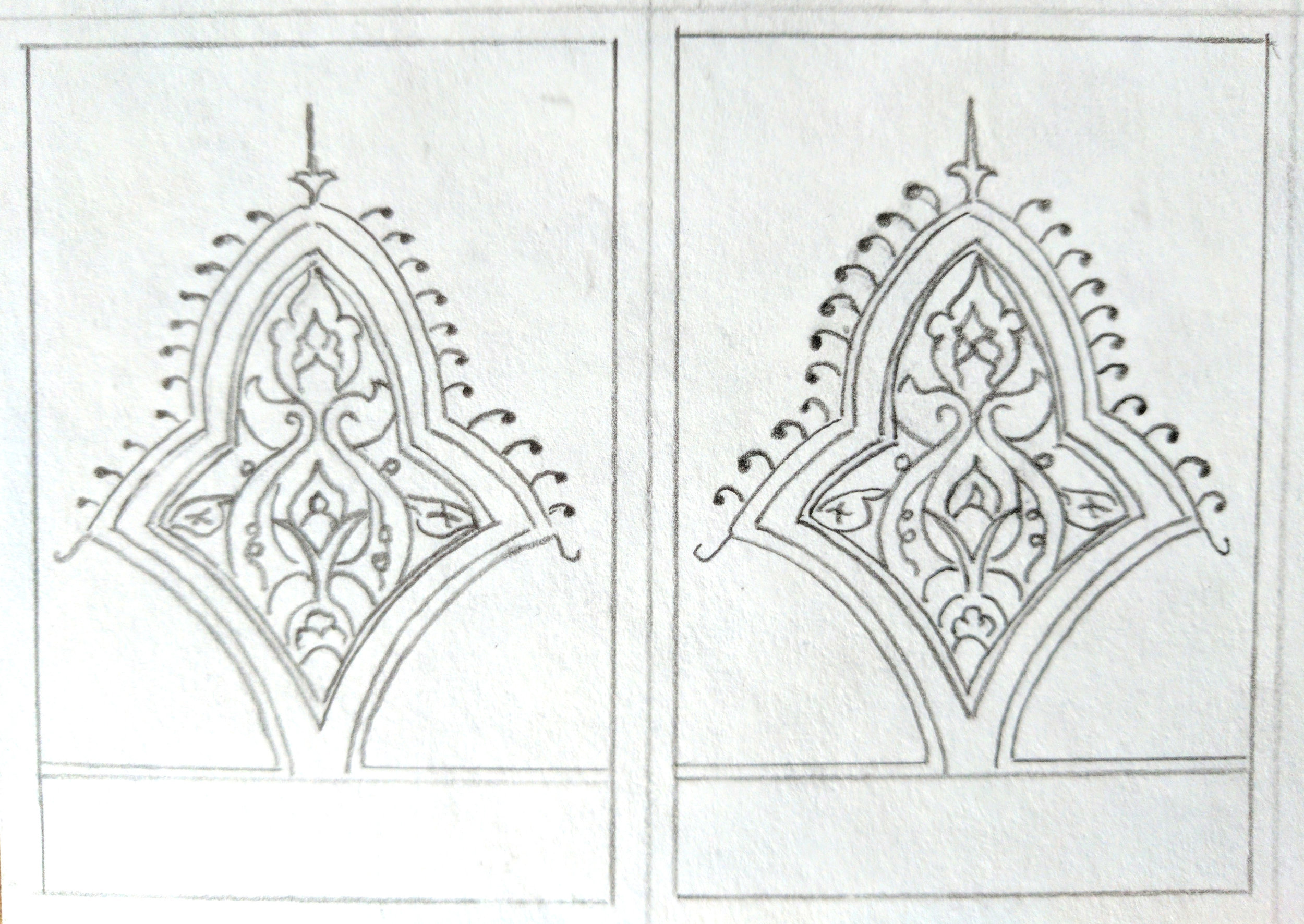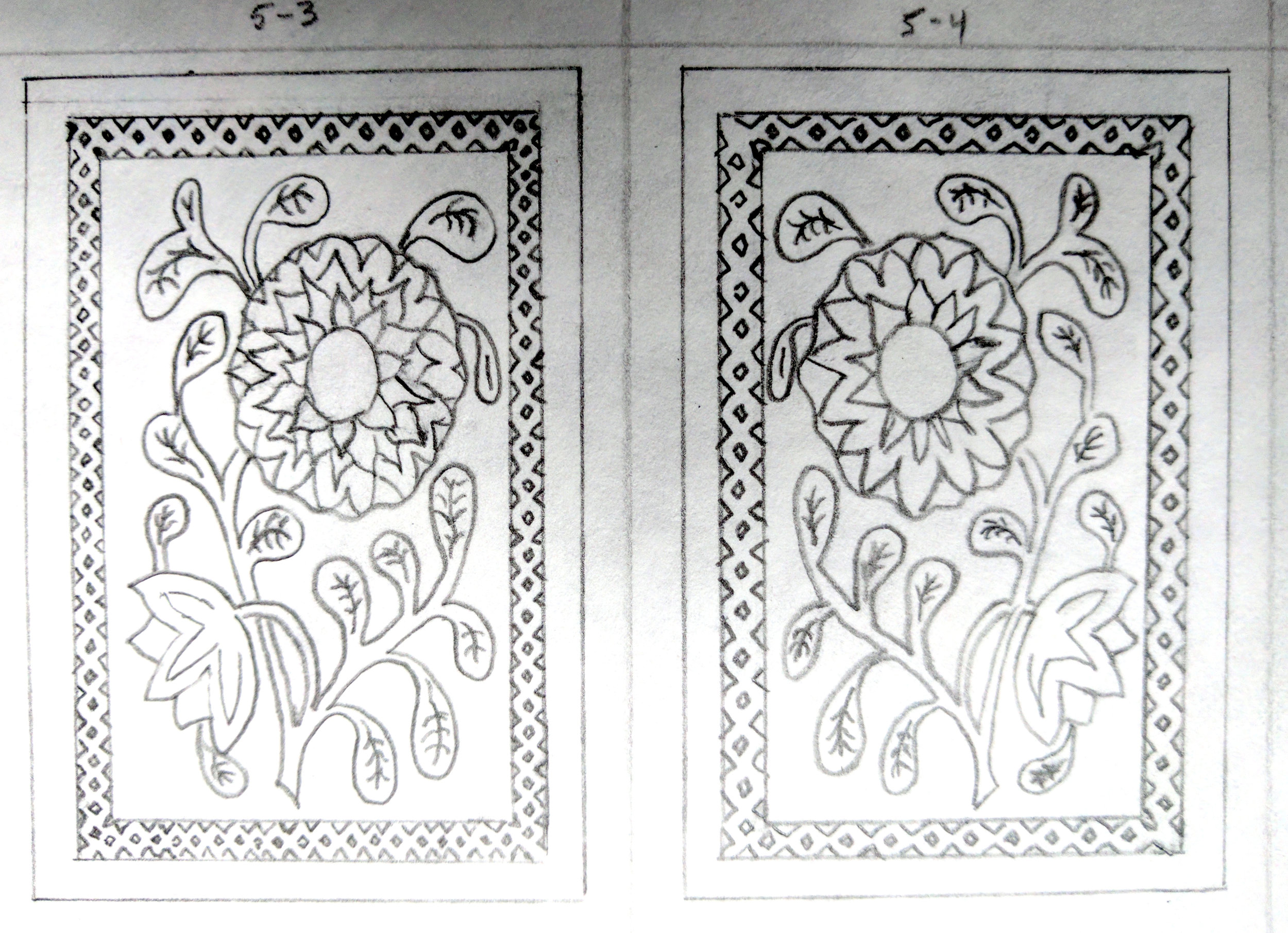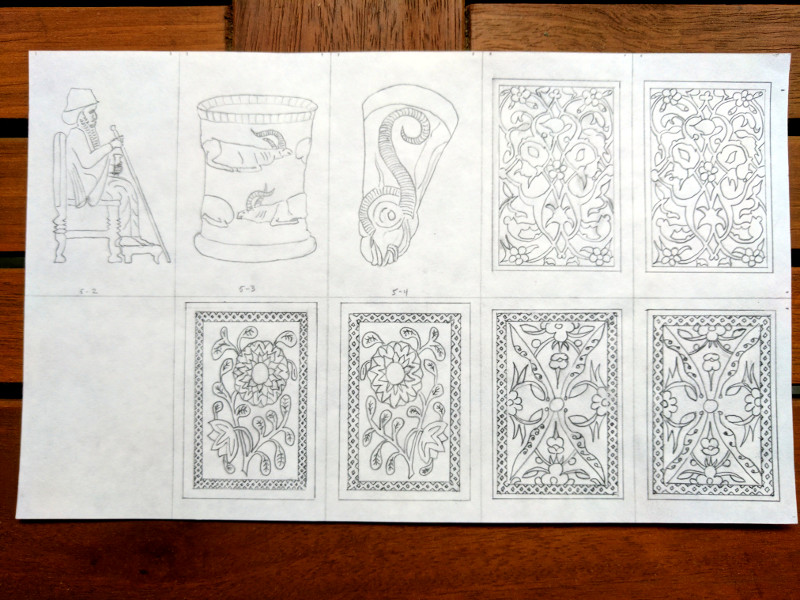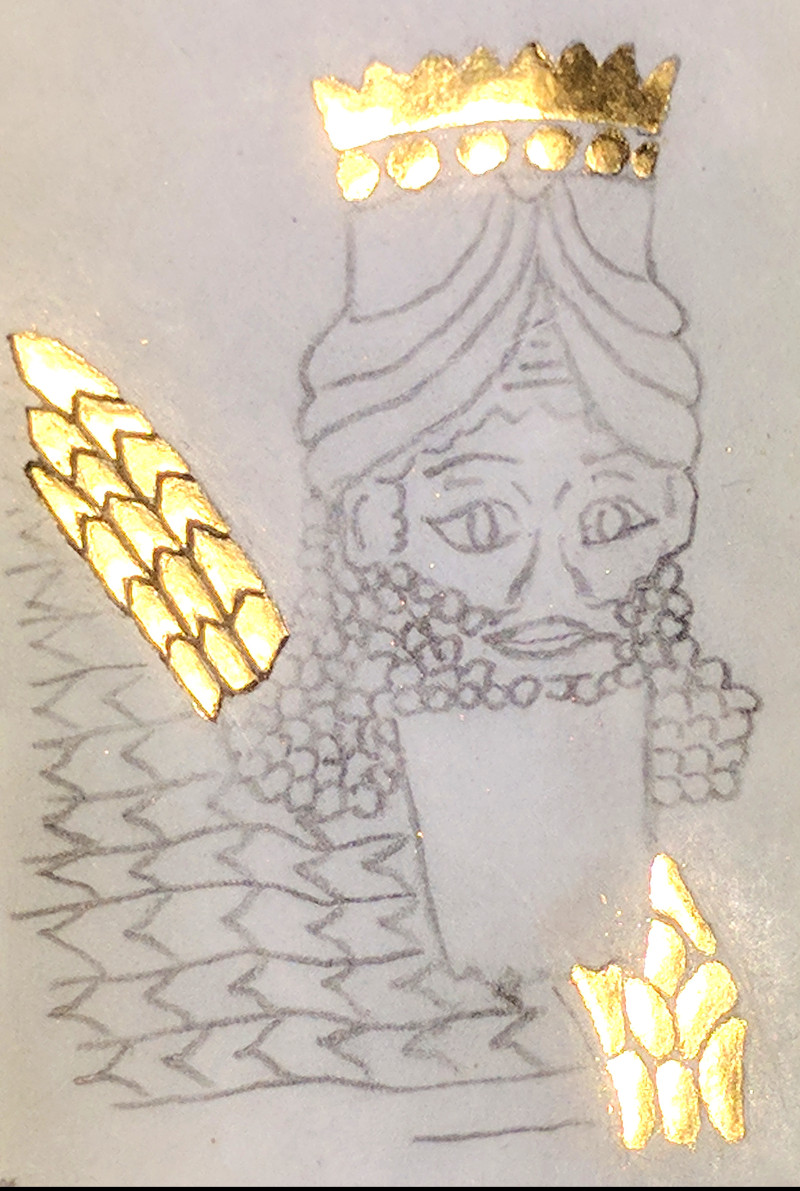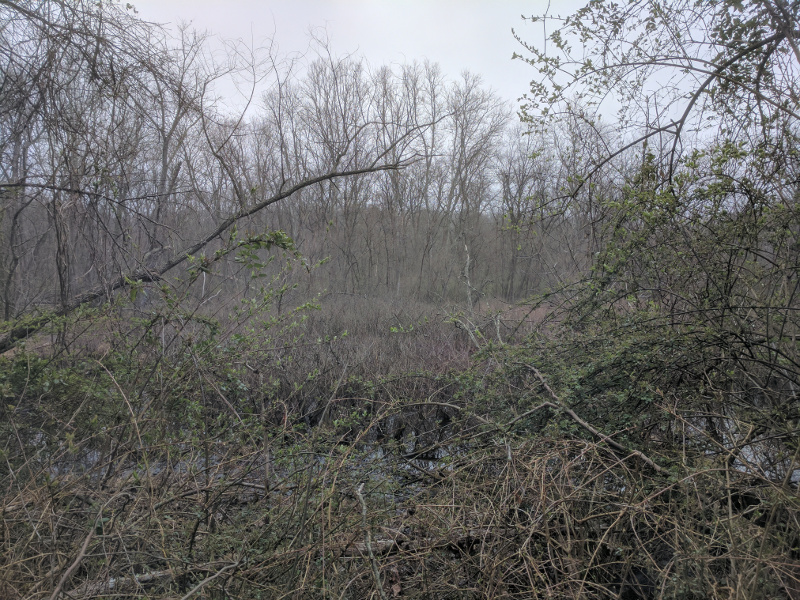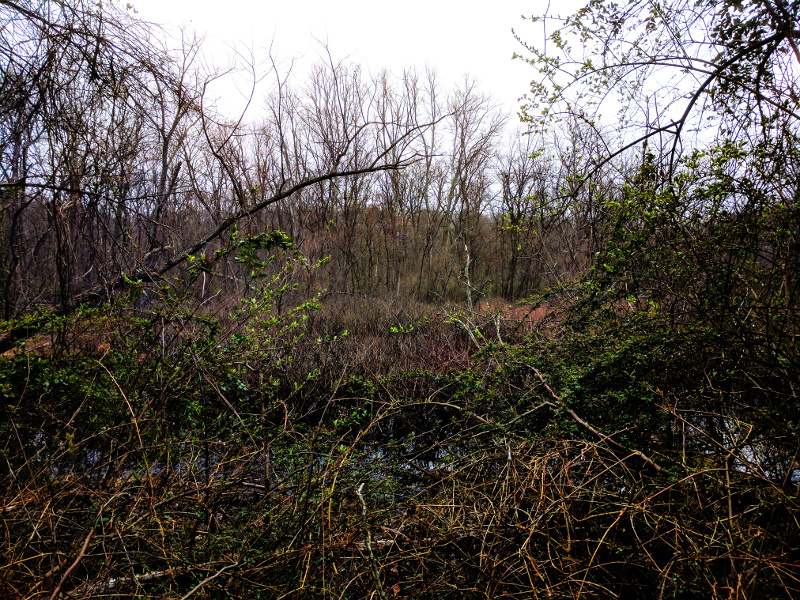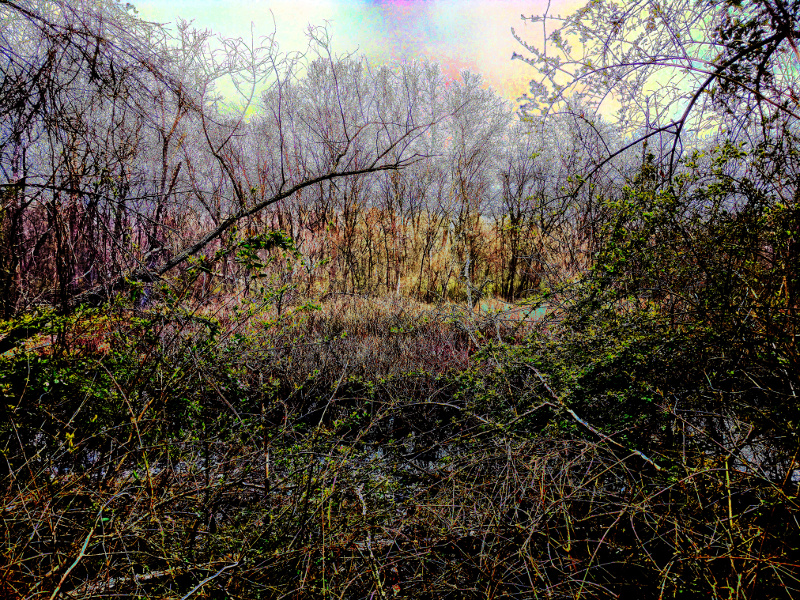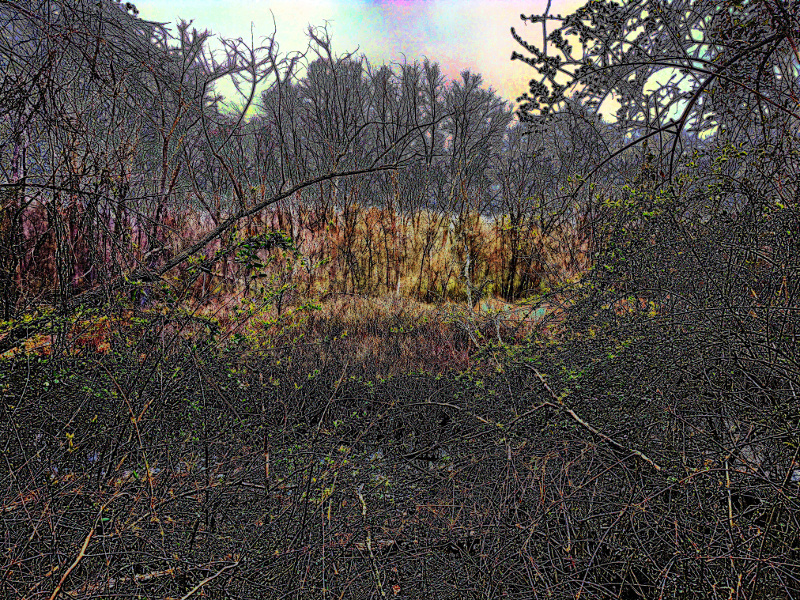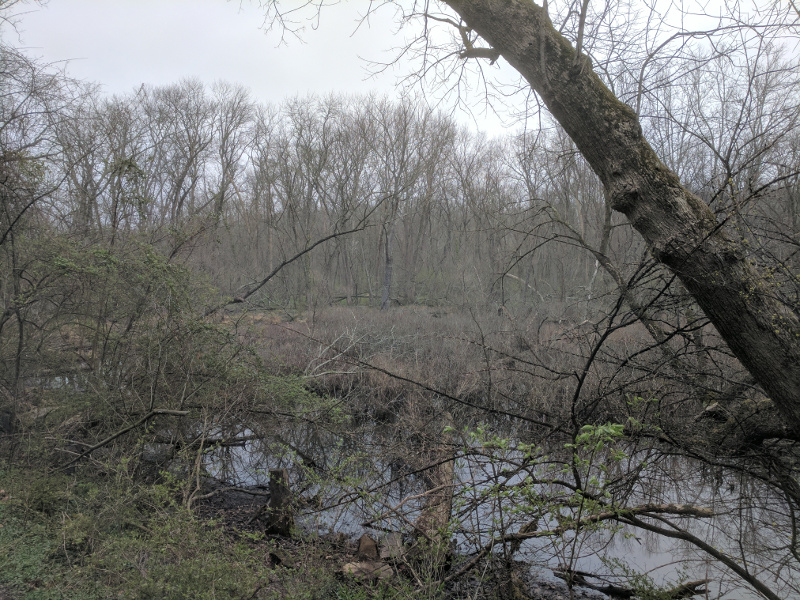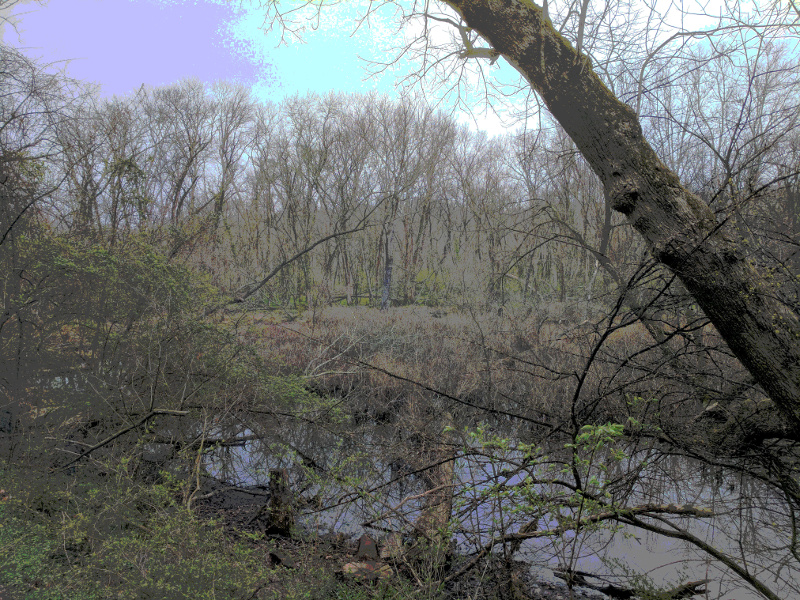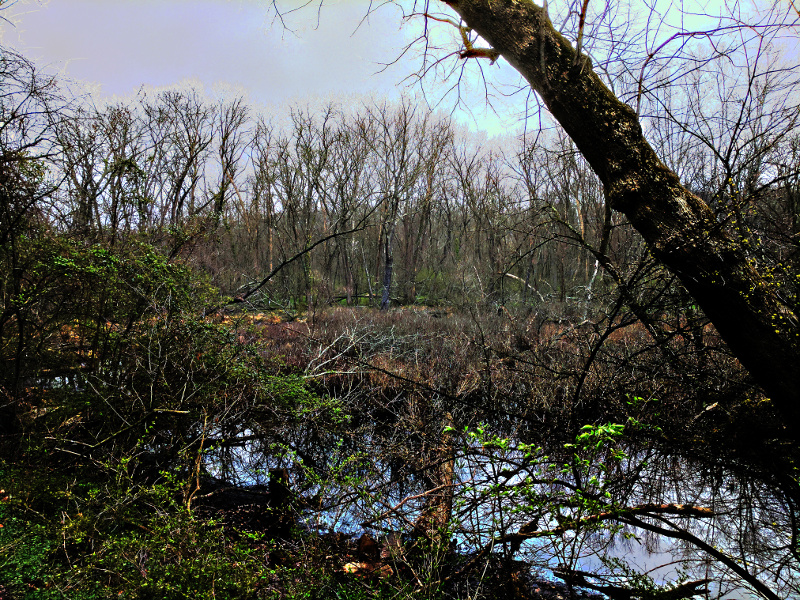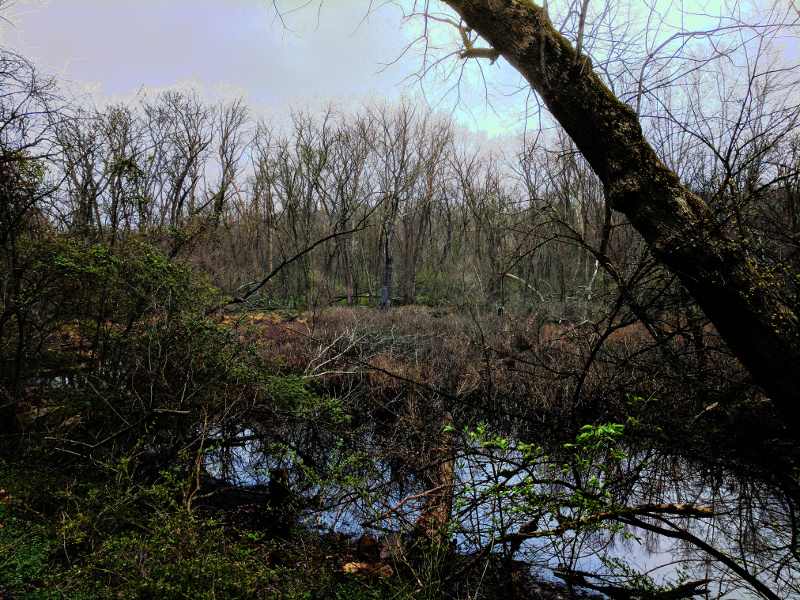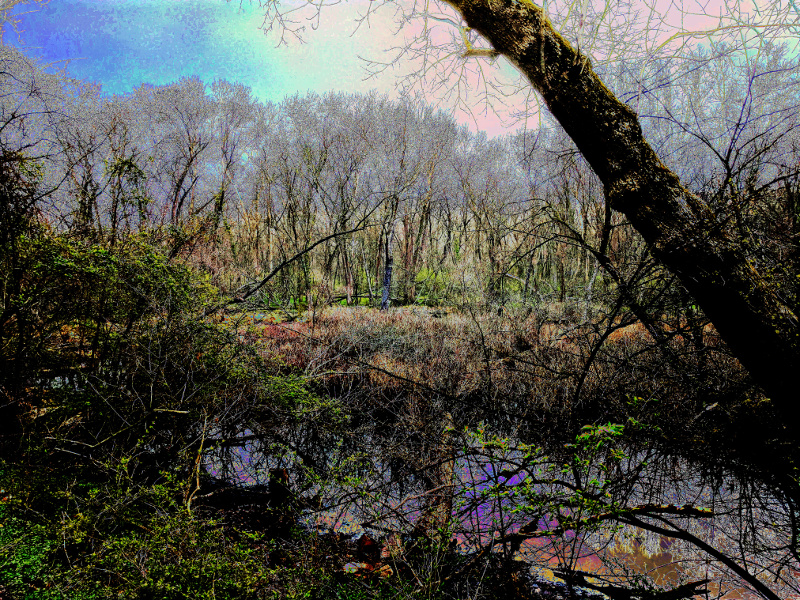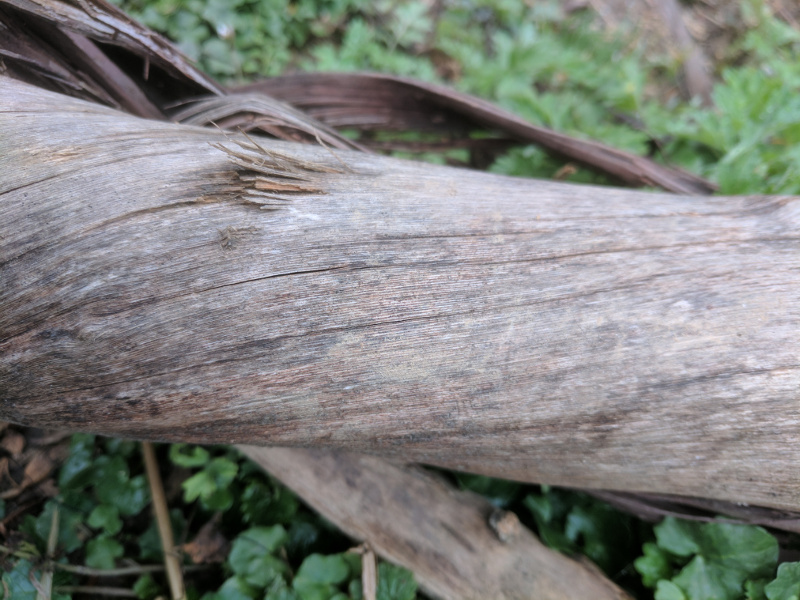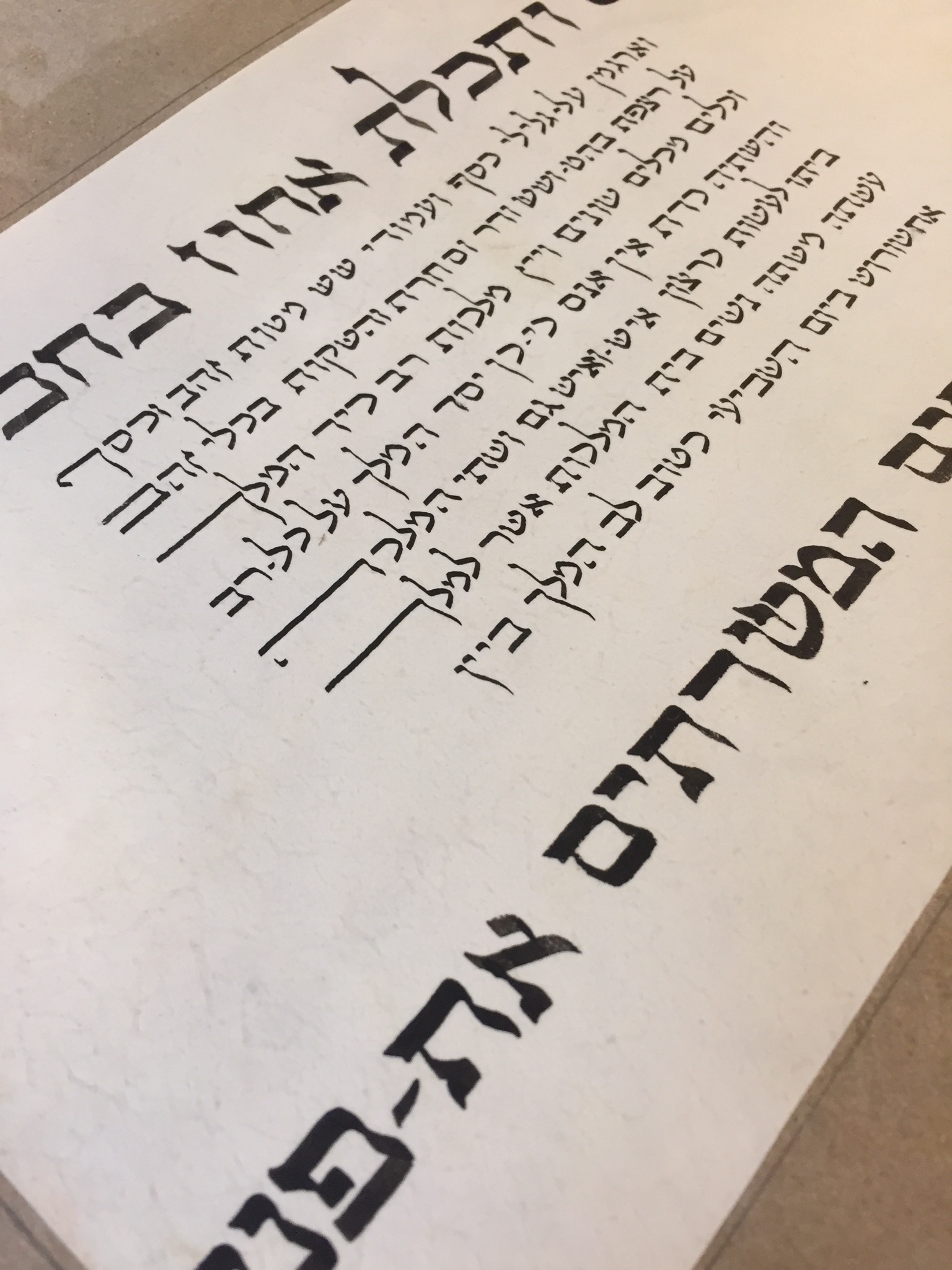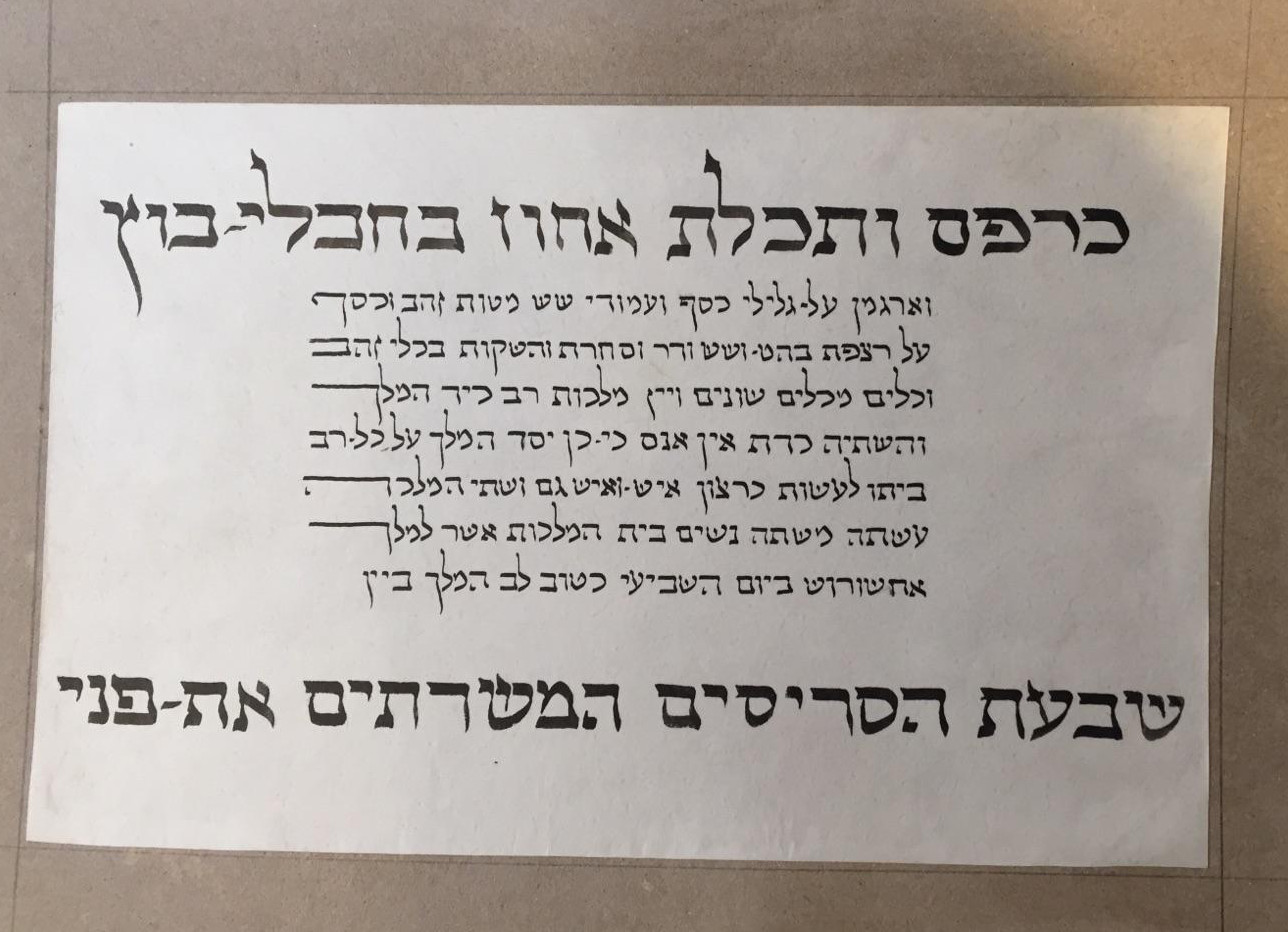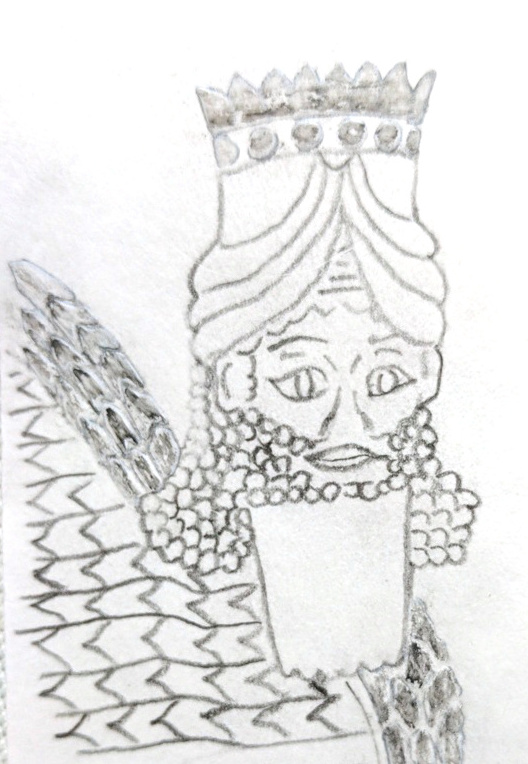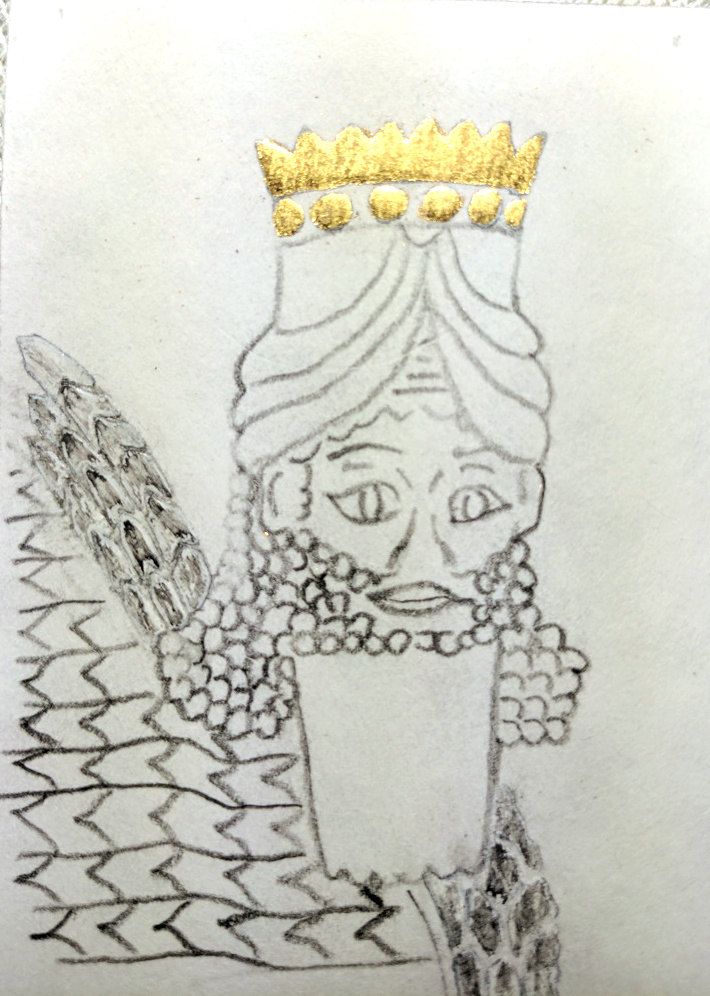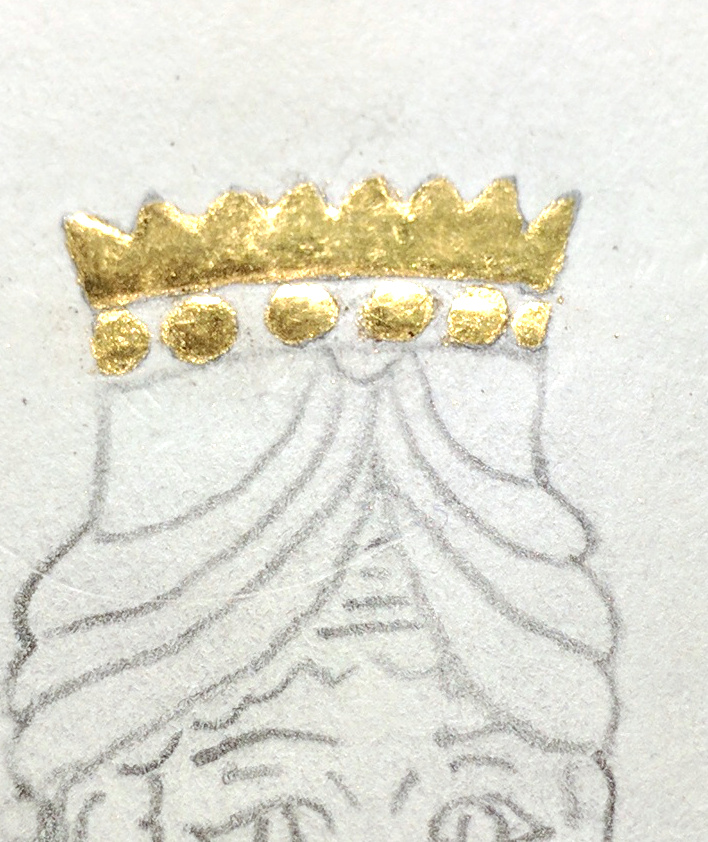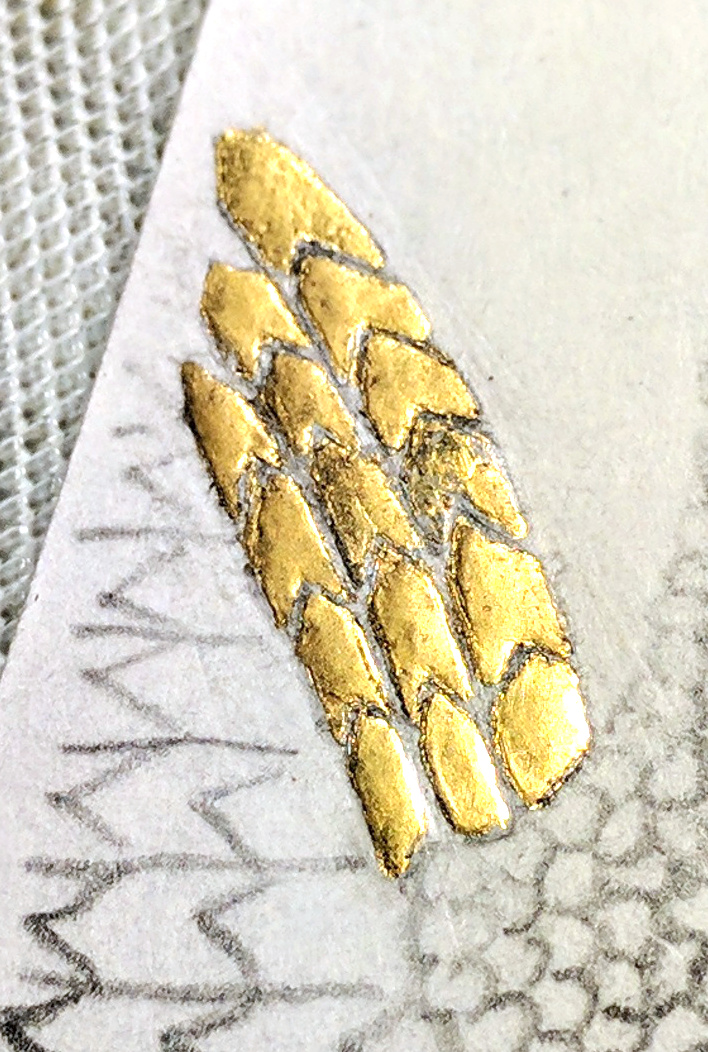Here's a little video of the progression of colorwork on the first image of Akhashverosh for the Megillat Esther that Josh and I are producing. There is some touch-up yet to do, but this is close to complete....
While Saying the Sh'ma, I Wuz Herd...
While saying the Sh'ma (the most well-known of Jewish prayers, which we are enjoined to say morning and evening; it begins, "Listen, Israel!") the other night, these words passed thru my mind...
The poem is still rough, being only 2 days old. But here's what I have so far, first in metaEnglish (SteveTok), and after that a prose version in old (ie standard) English:
Wile Sayen the Sh’ma, I Wuz Herd...
Yur evver waer iz this Ruwakh werl
But hu knoez the Ruwakh tu see it?
Yu wuz spaken a roer
That ar seemen a silens,
Tho Yur Proffets say iz a wisper
Evver wun heerz
But hu ar lissenz? Evver wun
Stanz so klose but stil too far.
Wy shoud I beleev sech a theeng?
I, an annekdote uv yuez.
Yu sen Yur messajjerz.
I doen open my iyz.
Thay greet me but I am no respons.
Thay proffessiy in Yur werden.
A win uv hissez. A babbel a brouk.
An infant gergeld. Yu hu ar spoken.
Yur messajjerz shake me by the shoelderz.
I wake in sech a trembelz.
I pik up a pen in my emteenes.
I rite a werdz, nor an arid gust.
I kan fien no meen in this.
I kloze my Bouk, that rokkee gullee.
The letterz re-arraenj aerselz.
Yur messajjerz leev me.
Wut am I enneeway?
Jes a dreemles nite.
Later, I open the Bouk tu Yur paje.
Hu iz rit in theze siferz?
Misten vaperz, I wil dissappeer,
Foelden intu the porres aer.
Wut wuz nevver herd, in iz konstan spaken
Awl so foeld in the Ruwakh uv us.
Behole!
Tho nutheeng iz chaenj,
Heer, I stan in 2 werlz.
Iy, the Ruwakh raze frum my Bouk.
Werdz laen like a pile a stane
Bekum a lenz on a werl a lite,
A stane glas pannel in a holee plase.
Misten vaperz, thay dissappeer,
Enfoelden intu the Addom uv us.
Thaer I stoud a braken leenk;
Heer, forrevver bown tu Yu.
Atternen heelenz that onee Yur Proffets notis.
Jes az Yu re-arraenj my werdz,
So Yu re-arraenjen us awl.
Such ar lissenz, Uddoniy ar God,
An such ar we heer, Uddoniy Ekhud.
--------------------------------
Now the prose version:
While saying the Sh'ma, I Heard...
You are everywhere in this Ruakh world but who knows the Ruakh to see it?
You who spoke in a roar that seemed like a silence, tho Your Prophets say it is a whisper everyone hears, but who is listening? Every one stands so close but still too far.
Why should I believe such a thing? I, but an anecdote of you.
You send Your messengers. I don’t open my eyes. They greet me but I do not respond. They prophesy Your words. A wind of hisses. A babbling brook. An infant gurgles. You are speaking.
Your messengers shake me by the shoulders. I wake with such trembling. I pick up a pen in my emptiness. I write some words, just an arid gust. I can find no meaning in this. I close my Book, that rocky gully.
The letters re-arrange themselves.
Your messengers leave me. What am I anyway? Just a dreamless night. Later, I open the Book to Your page. Who has written these ciphers? Mist and vapors, I will disappear, folded into the porous air. What was never heard in its constant speaking, also is folded in the Ruakh of us.
Behold! Tho nothing has changed, I stand in 2 worlds. I, the Ruakh raised from my Book. Words lain like a pile of stone become a lens on a world of light, a stained glass panel in a holy place. Mist and vapors, they disappear, enfolded into the atom of us.
There I stood a broken link; here, forever bound to You. Eternal healings that only Your Prophets notice.
Just as You re-arrange my words, so You re-arrange us all.
Such, our listenings, Adonai our God, and such are we hear, Adonai Ekhad.
Megillat Esther, the first rhyton
The second image for the megillah is a rhyton (drinking vessel), in this case a solid gold one from the Achaemenid period. The illumination is mostly done now, except for some touch-up. Here's a slideshow of the image as it has progressed...
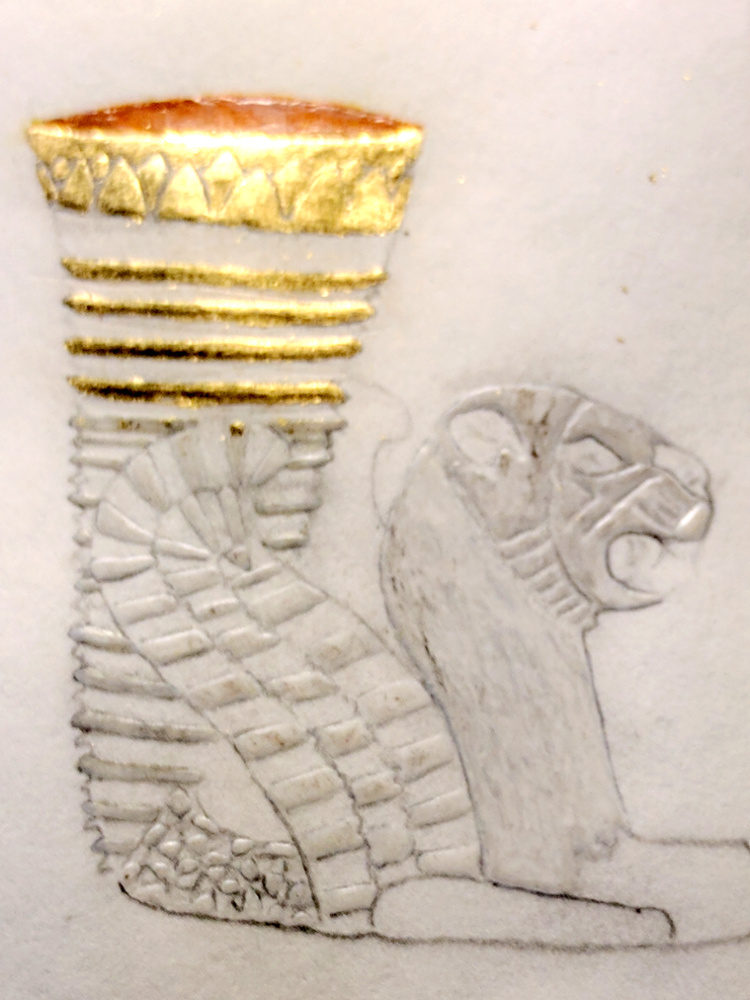


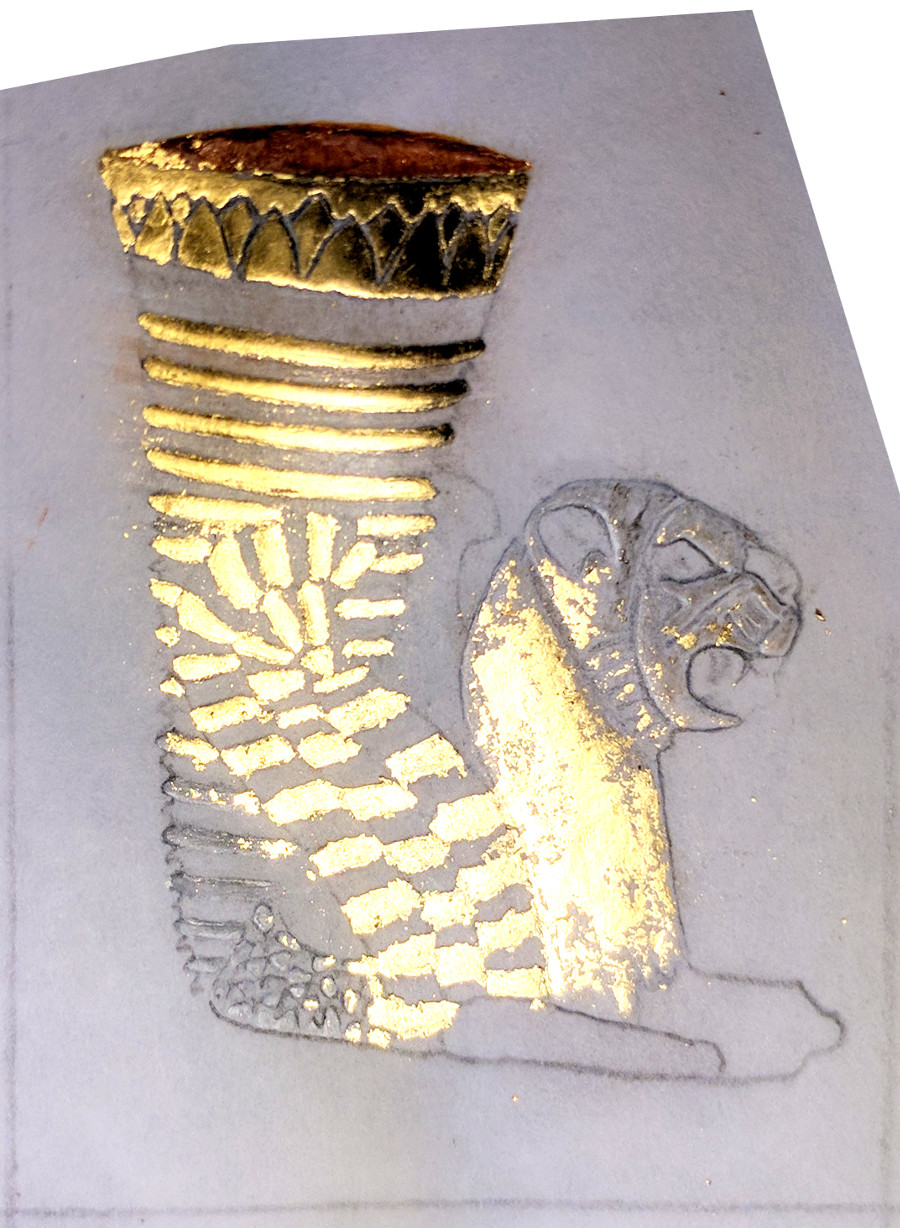
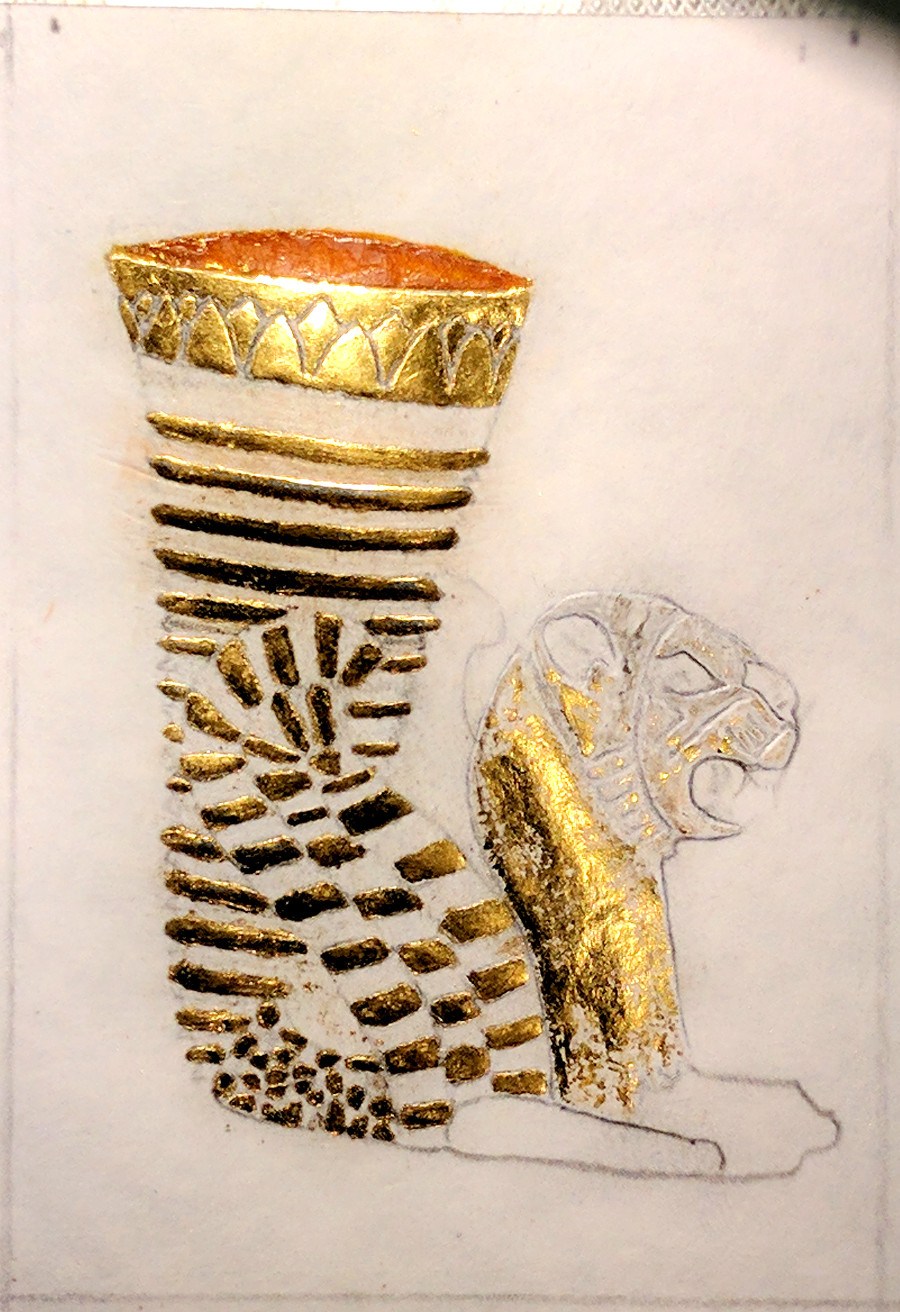
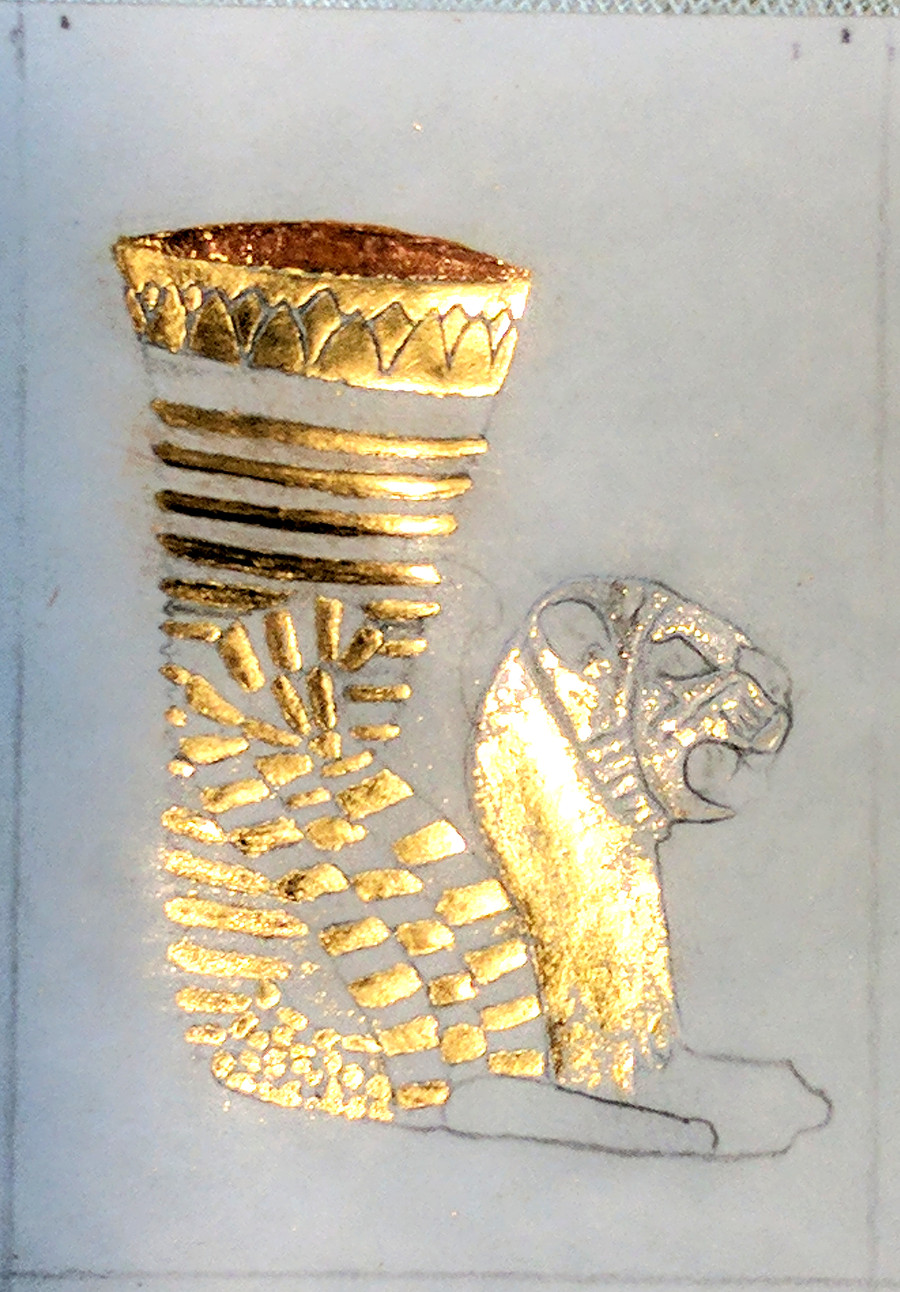
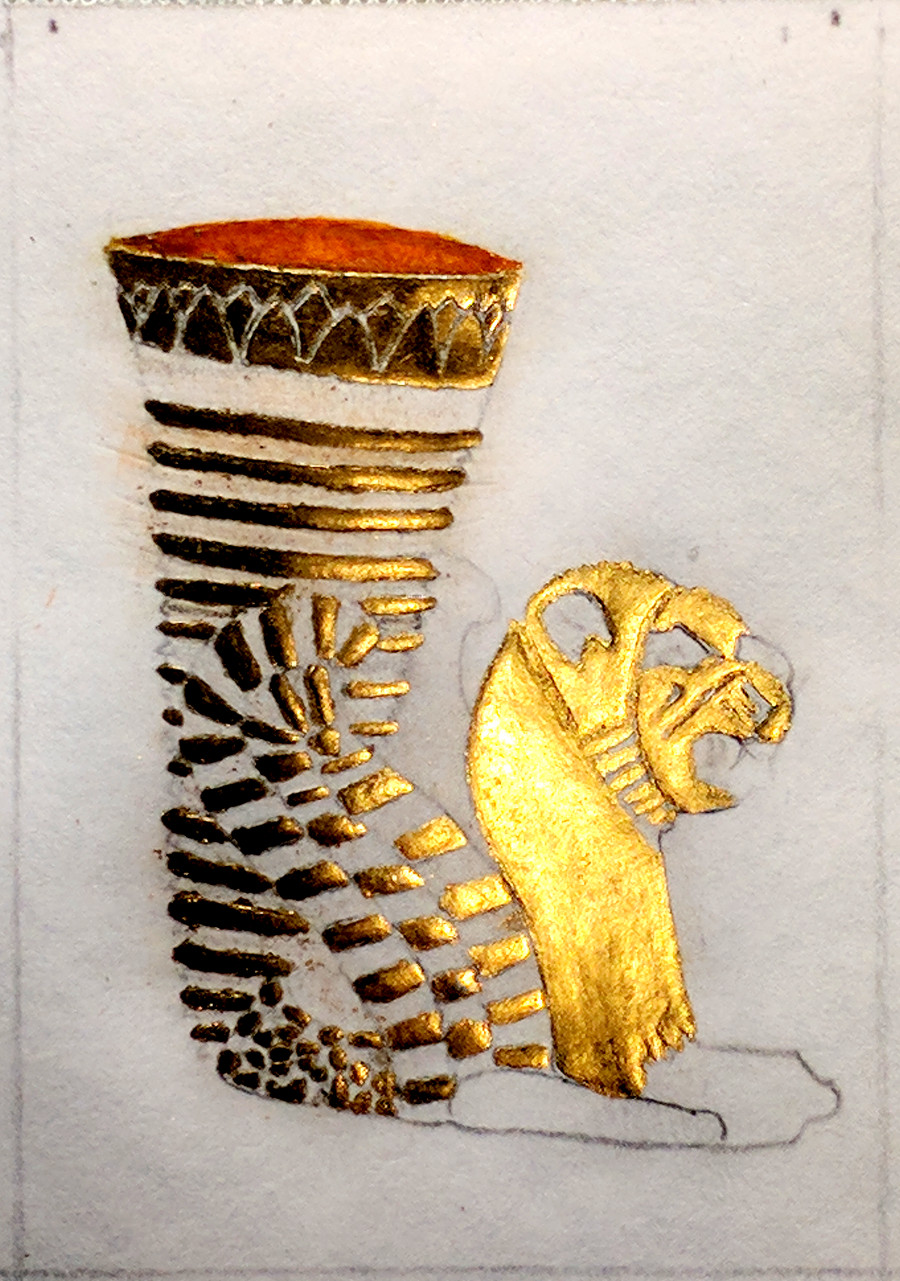
Megillat Esther: new images; colorwork
After gilding Akhashverosh, I began the colorwork, but I ran out of black (for the beard), and it took a few days to replace it. In the meantime I began illumination work on the 2nd image, a gold rhyton (drinking vessel). Concurrently I continued developing the sketches for new images. My recent focus is on some "filler" images, based on Islamic illuminated designs. In the following slideshow you can see my progress...
Megillat Esther, Akhashverosh illuminated
I failed to mention in my last post on the megillah Josh and I are making, that most of the images are based on Achaemenid artifacts, some, or many of which may date to the very era in which the Esther story takes place. So you art historians, you should have some fun unpacking the history of these images.
I have completed the illumination of the first image, King Akhashverosh, that merry old soul, known in the Greek as Xerxes. He was a real jerkxes. Here are three images...
Nature studies, early spring
Walking thru Rock Creek Park today, I took a few photos, and then enhanced them. Here are some of the results...
Ongoing work on Megillat Esther
About 4 months ago Josh and I decided to create our own illuminated manuscript of Megillat Esther, the biblical book that is read on the holiday of Purim. This and the Pesach seder are the Jewish books most commonly illustrated and artistically embellished. Josh and I decided we were ready for the challenge.
Josh is doing the Hebrew calligraphy, and I'm doing the illustrations and illumination. Not surprisingly, Josh is forging ahead much faster than me. Here is a sampling of what we've accomplished...
On fundamentalism
The essential nature of fundamentalism is NOT a literal belief in this or that holy text. Fundamentalism, at its root, is the belief that there is only one way to think about and understand reality. And the fundamentalist, of course, believes he or she possess that one correct understanding.
This kind of thinking is not merely egotistical and childish, it is dysfunctional and disabling. It disallows the person any capacity to achieve honesty, accuracy, and critical reflection in their worldview. As a result, wherever they step outside their cohort, this kind of disabled thinking can poison their human relations and incline them into actions of emotional, moral, and physical violence. And in this way, it does great damage not only to the individual fundamentalist, but to all parts of the world they touch.
Such thinking is not limited to religious people. Most ideologues are, at heart, fundamentalists, and, ironically, I know many fundamentalist atheists. Indeed, the political landscape of the world in this era is profoundly poisoned by fundamentalists of many stripes, as the center is being abandoned to serve anger and intolerance.
Second image in Elmallah, Bouk 6
This second poem, this second image in this collection of images (Bouk 6) that constitutes the "recovered" fragments of a narrative; this second image still hovers above this world of matter, as the two mythic beings, Ertha and Elmallah seek each other in incarnate human fragments.
Kan Yu Heer Me Kawleeng?
Erthah, Erthah, kan yu heer me kawleeng?
Kan yu heer the praerz evolven in my Soel?
Erthah, ware ar yu? The lite is so dim;
This beech iz so kraggee; theze waevz ar so lowd.
Rize frum yur wotterz with dolfinz, swimmeeng;
Sparkleeng with jemz that fawl frum yur haer.
Rize frum my dreemz heven in stormtied;
And restor the plezherz ov luv long denied.
**********
Elmallah, Elmallah, kan yu heer me kawleeng
Repeeteeng the praerz yu laed in my Soel?
Kan yu heer me within yur stormee vizhenz
That rush in kwiksilver powndeeng waevz?
How koud yu sink down intu the wotterz,
Yu hu kawld me frum the hiyest klefs;
Hu awwoke my Soel frum the ash heep ov Addom,
A howleeng wind ov inkonshent lite?
Elmallah, doent just leev me heer!
Wut iz my perpos withowt yur luv?
My neez are trembleeng and the waevz thay wael,
"Goudby! Goudby!" A dredful plite.
Opening poem to Elmallah, Bouk 6
A Strobe Lite on Erthahz Werld
A man migraten tu a land, fownd dry dust.
He tilld with grate laber.
A lush garden bloomz.
An eegel bilt a nest in a windee krag
And hatcht an eg.
She fed her yung and raezd it,
And kast it frum the nest.
She kot it and kast it aggen.
Her yung iz made tu sore.
A man tosst and ternz a fitful sleep.
He woud wake but be unnabel to rize.
He woud dreem ov being awwake.
He woud dreem a sereez ov awwakeneengz
In eech, surprize! He iz not alreddee awwake.
The werldz swam, hiz dreemz,
En-dimmenshenz ov illuzhen awoven.
A yung liyon livd a grate plennatude.
Frum hiz abunden he enterd a nu land
A subdu it tu hiz rule.
A wield plase, fule ov kunneeng.
Deseet, vermen, hunger.
Kan a liyon streng prevael in such?
On Consciousness/Life and Evolution
Life/Consciousness is separate from matter. Matter does not create Life, and matter does not self-organize into the forms, the vessels that are filled with Life. Science has the causality backwards. Life organizes matter to become a vessel that it may fill and “enliven”. The genome does not spark or form or direct the flow of Life. Nor is matter alive, which it must be if it is the source and cause of Life. Life organizes the genome to take shape, to express the physical aspects of itself, to allow itself embodiment. The multiple genome threads, the living species, are shaped by the thing we know as Life. They are its physical, its outward expression.
How can Life be created from a mere structural arrangement of atoms and molecules? How can the genome create life? Does a wire create the electricity that flows thru it? No, it simply enables it. Thus we must understand that Life is a pre-existing “force”, and that it directs the architectonics of all living things.
The body is like a crystal formed by the guidance of atomic forces and their structural efficiencies. Or, just as a river’s erosion progressively cuts away layers of soil and rock to expose the underlying geology, so Life progressively makes inroads into earth’s material existence, slowly evolving/expressing more forms and more complex aspects of itself, progressively evolving more building blocks to allow more states, and more complex states of Consciousness/Life to manifest. Our bodies represent 4 billion years of Life’s slow penetration into, and reorganization of the material world.
In this way, Life/Consciousness directs evolution. Evolution is not random. It flows along gradients of Life/Consciousness, as water flows down a gradient; as the surfaces of a canyon are slowly cut away, exposed, made manifest.
The position of modern science is rather like the medieval model of planetary motions. The medieval proto-scientists lacked any awareness of the motive forces (momentum and gravity) that were directing the planets in their motions. So Darwinism falls back on randomness, failing to see the motive force of Life, with its gradients that drive the processes of evolution.
And since there appears to be only one primary genome (with multiple sequences) at the basis of all species, we can conclude there is only one Life source that enflowers our whole world. Is this the One God our Prophets have tried to make known?
But as matter is finite, so the material senses formed by Life are finite and incapable of seeing/understanding/experiencing the infinite nature of Life. Thus logic, reason, and knowledge derived from the senses, or based on the senses, eg science, must be inherently finite, limited and baffled (insensate) to the infinite and eternal nature of Life/Consciousness.
Such a perspective answers more tersely and simply the problems of complexity that the Darwinian evolutionary model cannot answer. The eye is a good example of where Darwinians must project many non-functional steps into the evolution of a complex structure. The eye has few or no traces of prior stages left in the biological record, both living and fossilized. How can that be, if each stage of evolution must be functional (evolutionarily advantageous), and each evolutionary step minute? But if we see evolution as following gradients (as yet unseen by our science), then we can easily understand large, rapid evolutionary changes as following steep gradients, not unlike a waterfall. Understanding that evolution follows gradients created by Life will also allow us to build an architectural schematic that can be used in predicting new species and species evolution. Such a thing is impossible with a model based on randomness.
Are Life and Consciousness the same thing? I don’t know what might stand as evidence to differentiate the two, so I use them interchangeably.
A short history and description of The Song ov Elmallahz Kumming
I began this poem in early 1986, not knowing how to tell my story or where it was supposed to go. My understanding of both of those problems evolved organically as I wrote. When I began I knew this much: the story was about a Messenger of God, Elmallah (‘el malakh’ is the Hebrew for ‘the messenger’), who comes to this world, which he knows as Ertha, with the task of spiritually elevating her. “Spiritual elevation” is a nebulous term. At the time I understood it to mean infusing her with moral responsibility, and opening her eyes to the Divine.
So Elmallah’s story begins with this first descent, where he is shocked to see Ertha’s condition and the complexity of his task. To him, Ertha is but a prehistoric woman, wild, sexual, intimidating, attractive. How is he going to elevate her, to bring her to God? This relatively short scene became Bouk 1.
Of course, for a being from a higher world, time is not a constraining factor in the same way it is for us, for whom only a small fractal of our conscious being dwells in higher states. Thus, in Elmallah’s next moment thousands of years have passed. Ertha has aged and she is emerging into the social complexity we call civilization. He introduces himself, but she is highly skeptical. Her physical needs and her physical senses define her goals and desires.
Elmallah’s next moment, Bouk 3, takes place in a Sumerian setting. Now Elmallah’s job begins to focus and as it does, each book gets a secondary name. This book is known as “Fragmenz ov the Innonna Sikel.” Trying to find a common ground with Ertha, Elmallah seeks her in the form of Inanna, the Sumerian proto-Ishtar. He himself assumes the form of Dumuzi, the shepherd god and sometime lover of Inanna. So, as I retell the Sumerian mythology of Dumuzi and Inanna, I rewrite it so that it also tells the story of Elmallah’s struggle to enlighten Ertha. We see that Innonna/Inanna/Ertha has moments of awakening, tho her understanding of them is inchoate and frustrating. As with this book, in each further book, I retell a known historic story, but I tell it in the framework of Elmallah’s labor to spiritualize Ertha.
When they meet again, Bouk 4, Elmallah is able to descend yet further into Ertha’s spirit. He now is able to assume a fully human form, in this case the Byzantine emperor Justinian, and in this form he finds Ertha thru Theodora. Bouk 4 is known as “The Sikelz in Theyodorra.”
Descending still further, in Bouk 5 Elmallah embodies himself as the theologian/philosopher Abelard, and Ertha is his lover Heloise. This book is subtitled “The Fawl ov Helloweez.” With each of these incarnations Ertha’s spiritual knowledge grows. And yet, each life/moment brings the crisis of death and loss, and with it Ertha’s fear of not being able to re-find Elmallah, her Messiah, of sorts. And at this point, for me, it was 9 years later, 1995.
It was at about this time that I began what would become the last book of the series. It would take place during the Shoah, the Holocaust, and Elmallah and Ertha would be Jews caught up in that disaster. At the time that I began writing this book I realized intuitively, but not with much intellectual depth, that it is one thing to find God as an empress or as a nun and Abbess. But it is another thing to find God in the Shoah. And that, intuitively, is what I set out to do. The vast majority of this book took about 5 years to write, and in the process, I renamed it many names, until I finally settled on “Gottverdammerung: In the End ov Time.” And while I was writing it, I revised and synchronized the previous 5 books, tying them together thru repeating images and direct quotes, the quotes appearing as “deep indents” in the text. You might think of deep indents as footnotes placed directly in the body of the text, in which I repeat related lines or stanzas from earlier books. Here’s an example from Bouk 6:
Wut ar the werdz tu pennatrate the darkness?
Wut ar the praerz tu open hoepless iyz?
Kan I kast down liez and brake them on the kobbelz?
The tempel bekame a smoking kiln
Pakt with fiyer and saekred vesselz...
In the heet
The saekred vesselz shatterd.
The shivverz flu in wite-hot arks...
from Bouk 1
By around 2004 I had completed fair copies of the first five books. However, I continued working sporadically on Bouk 6, while I worked on new, more pressing projects. Periodically I’d think, “Come on, Steve; finish Bouk 6.” I’d work on it a little, but because it still needed a lot of work, and because intellectually I wasn’t fully prepared to make some of the conceptual decisions that were necessary, I’d put the manuscript aside.
It is only now, in these last 2 months of 2016 that I feel prepared intellectually (and emotionally) to produce a fair copy of Bouk 6. I have eliminated almost all the red text (notes, problems, critiques, suggestions) and parenthetic alternatives (alternative words, phrases and lines marked off by parentheses). I have also composed a couple of new poems for which there were only brief notes or some sketched lines, and have comprehensively rewritten a few other poems that missed their target by a wide margin, or didn’t yet seem to have a target. In coming weeks I will be posting some of the poems in this long poem series, here in Filtered Light, my public notebook, my blog.
Welcome to The Song ov Elmallahz Kumming, a Poem in 6 Bouks.
Your comments, of course, will be graciously welcomed and valued.
Producing The Madeleine Amulet, a video
I created this amulet, which took over 100 hours to produce, to bring blessings and protection to my granddaughter, Madeleine Julia Avigiyel Ruth. Of course, what power do we 'talking spirits' have to bless or bring protection to ourselves or others? We don't know! But in our unknowing shall we then simply abandon our imagination, and shall we limit our desire to reshape this world, choosing to work only on the physical plane, a plane so crude and finite? And so I call out to the Infinite, and try to establish some kind of personal connection, tho my effort itself is crude and finite.
Designing The Madeleine Amulet, a video
This video explores some of the ideas the helped me design an amulet for my granddaughter, The Madeleine Amulet.

